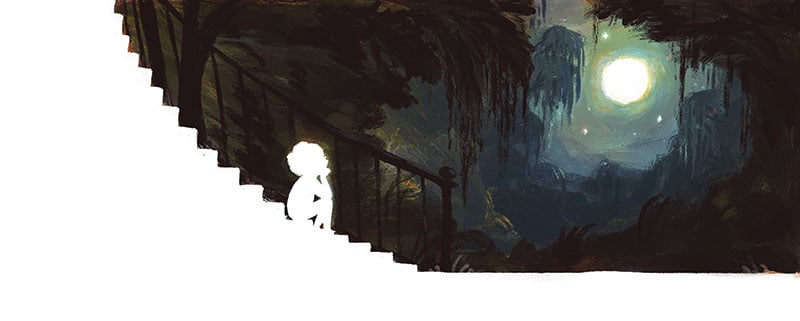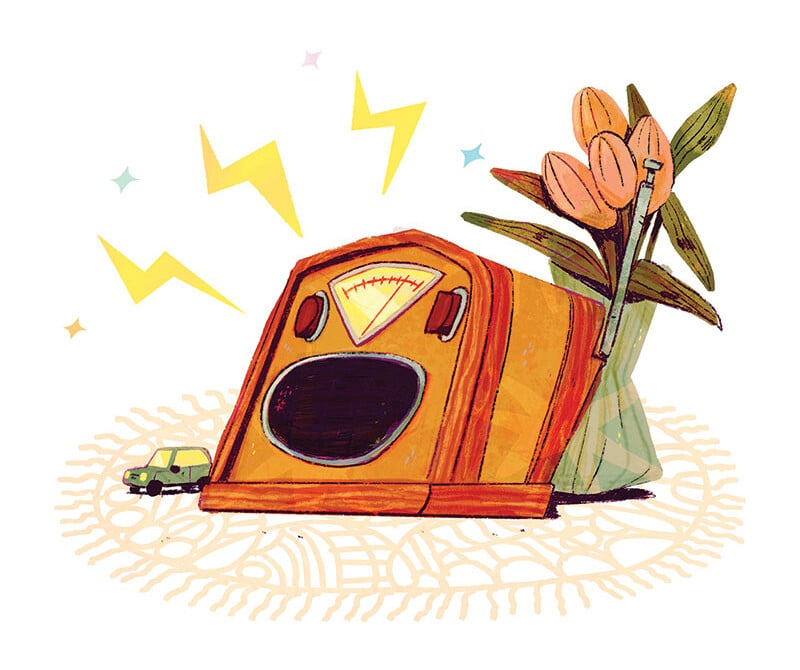Old Creole Houses are Perfectly Suited for Louisiana Summer

Tout les temps en temps (“Every now and then”) — about once every ten years here in South Louisiana — we’re all reminded of a fact that is otherwise easy to forget or ignore: a hurricane passes, the electricity goes out, and, all of a sudden, the brand-new brick houses some of us live in — heated and cooled at the touch of a button, each one a frank ove (“oven”) in the winter and glacière (“icebox”) in the summer, sealed up and shut off from the outside world — are now, without air-conditioning and en pleine été (“in the full swing of summer”), revealed to actually be nearly uninhabitable under the hot Louisiana sun. Before the arrival of air-conditioning in the twentieth century, however, unlike our modern buildings, which are today constructed specifically to keep as much cool, conditioned air inside as possible, traditional house types were instead built to souffler (“to breathe”), to be able to constantly exchange air with the outside and to keep that air in motion, making the scorching heat of the summer days and the oppressive humidity of summer nights much more bearable. During hot weather, the windows and even the doors were left open to allow fraîches (“breezes”) to pass through the house, and the high ceilings of these old dwellings also gave plenty of room for the hot air to rise up away from the ground, which was often bare, cool earth or, in the case of raised houses, a wooden floor with plenty of cracks to allow cool air to flow up from under the house.
By far the most emblematic house type of traditional rural life in Louisiana is the maison créole de campagne (“country Creole house”). This type of dwelling — which is sometimes called a maison acadienne (“Acadian house”), despite its documented existence here before the arrival of the Acadians — was the dominant house type in rural sections of Louisiana up until the end of the nineteenth century, and it represents, in its colonial origins, the adaptation of both European and Native construction methods to the realities of life in our subtropical country. These houses were built using a construction method favored by early settlers from northern France: colombage (“half-timbering”), where the load-bearing frame of the house is formed by vertical, horizontal, and diagonal wooden posts joined together with notching and pegging, and where the spaces between the timbers in this frame are filled in with a mixture of terre grasse (“clay-rich earth”) and of filasse (“any fibrous material”) to form the actual body of the walls themselves. Many kinds of fibrous material work well at keeping this mixture together as it hardens, and in Europe, the Illinois Country, and Quebec it often included paille (“straw”), foin (“hay”), crin de cheval (“horse hair”), or even fumier (“manure”); but in Louisiana, this mixture, called bousillage, was historically made with retted barbe espagnole (“Spanish moss”), a practice directly borrowed from the Native peoples of the country, who already employed this exact mixture themselves in their structures.
Inside, the walls of a typical Creole house were plâtré (“plastered”) and chauté (“whitewashed with lime”), while outside, the pignons (“gabled walls”) — i.e. the side walls of the house — were usually further covered by volichage (“weatherboarding”) to furnish additional protection against the elements. The back of the house was also often weatherboarded, but the front face was typically left only whitewashed, adequately protected instead by another defining feature of the Creole house: the large galerie (“porch”), integrated into the structure itself and which often hosted an exterior staircase that led to a garçonnière (“boys’ sleeping quarters”) in the attic. Porches, like pavilions and other open structures, are ubiquitous in hot climates the world over, since, without air-conditioning, the combination of shade and wind they provide is by far the best way to beat the heat — and if wind is lacking, Louisiana’s once-ubiquitous berceuses (“rocking-chairs”) and galances (“porch-swing”) are great for helping you to make a little bit of your own. Today, air-conditioning has eliminated the need for porches, rocking-chairs, swings, and shade trees, and houses are no longer adapted to function in our local climate without electricity, but these traditional ways of dealing with our long, hot summers are still emblematic of our local material culture, and they can hopefully provide some inspiration for how to deal with the longer, hotter summers that yet lay in the future.

